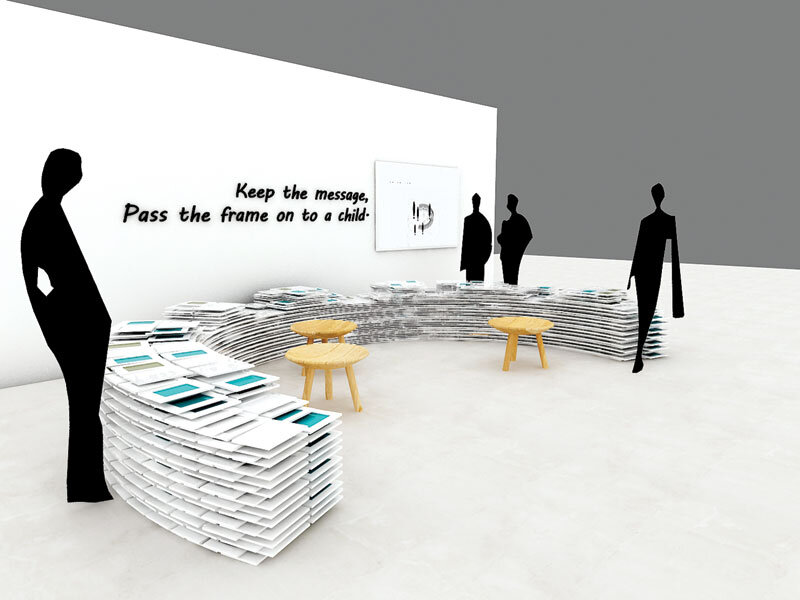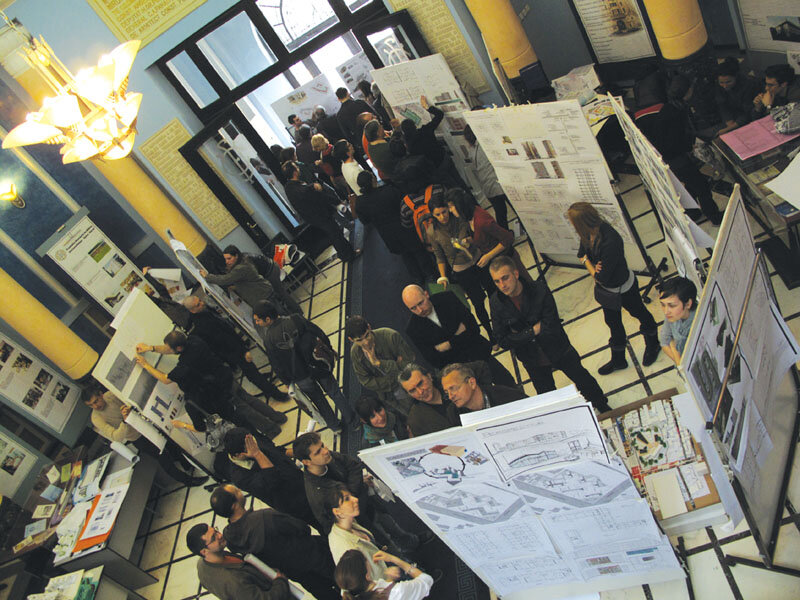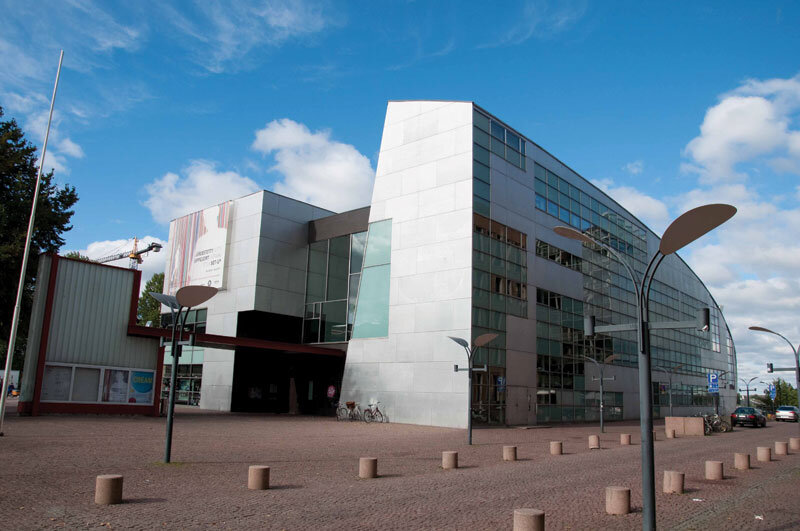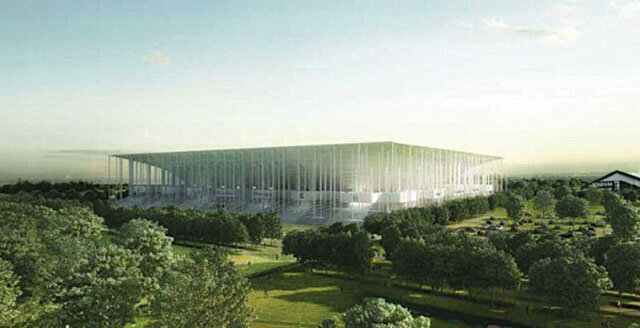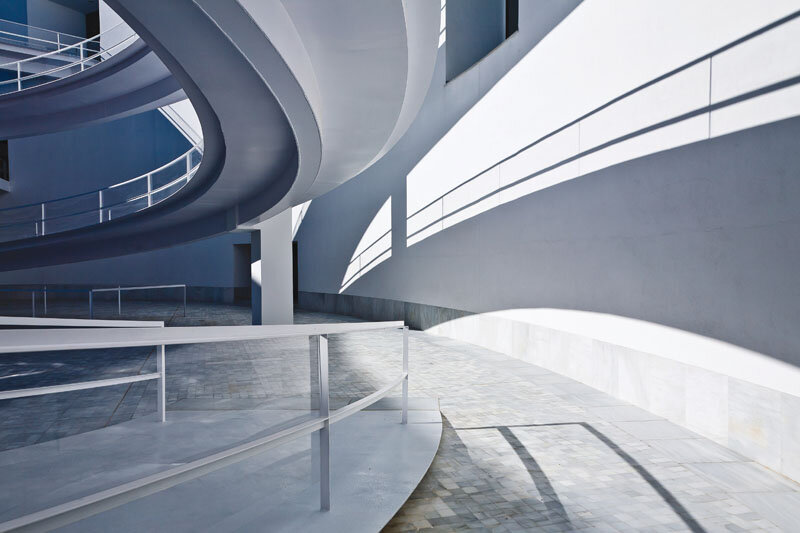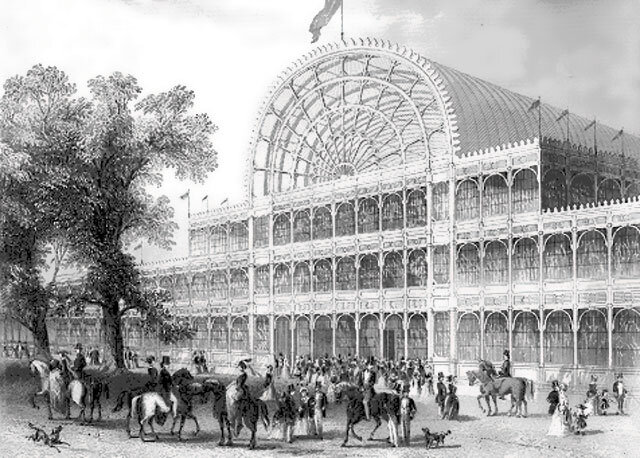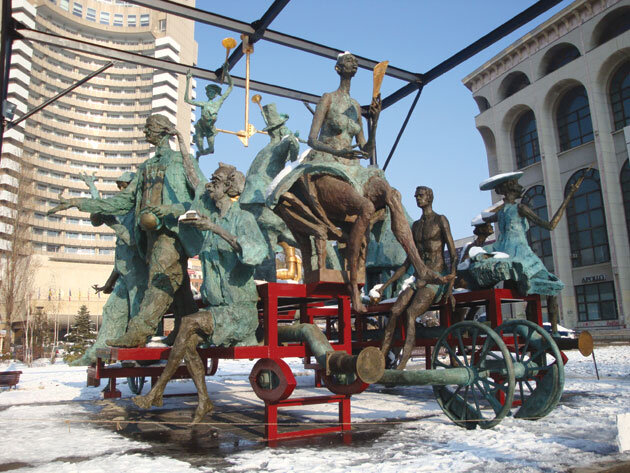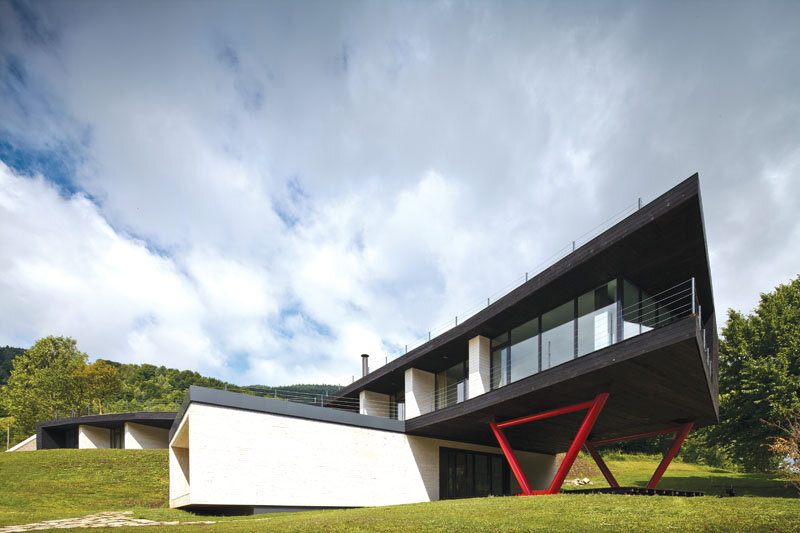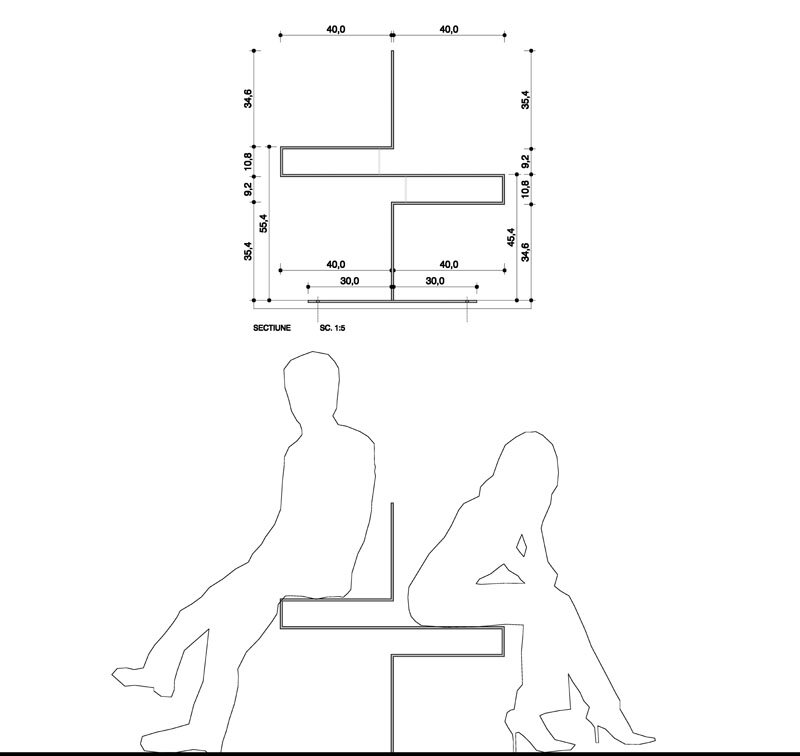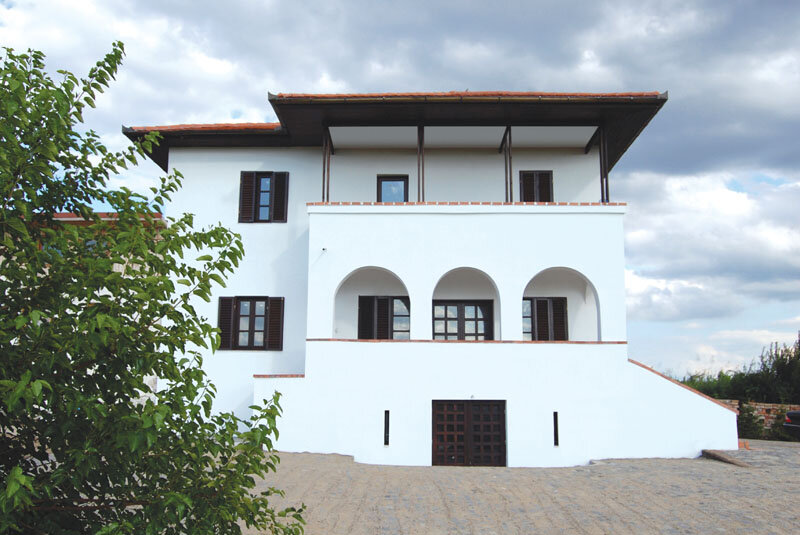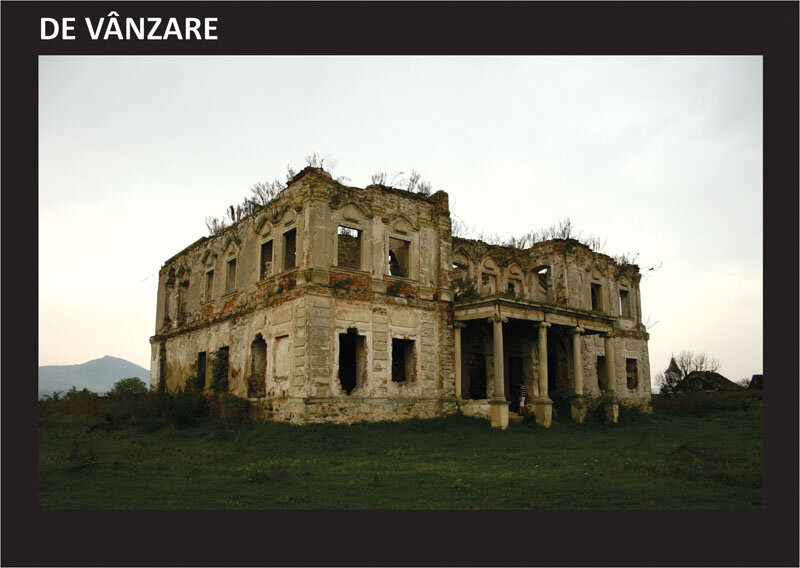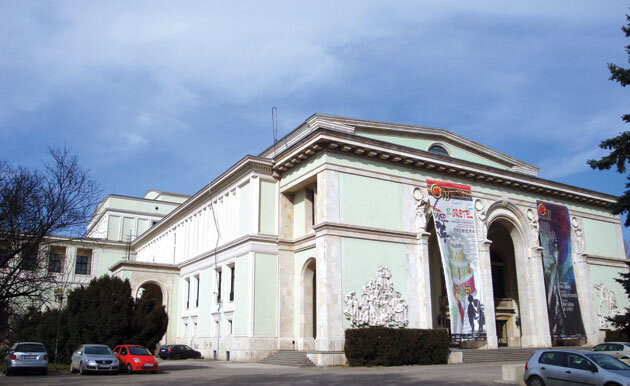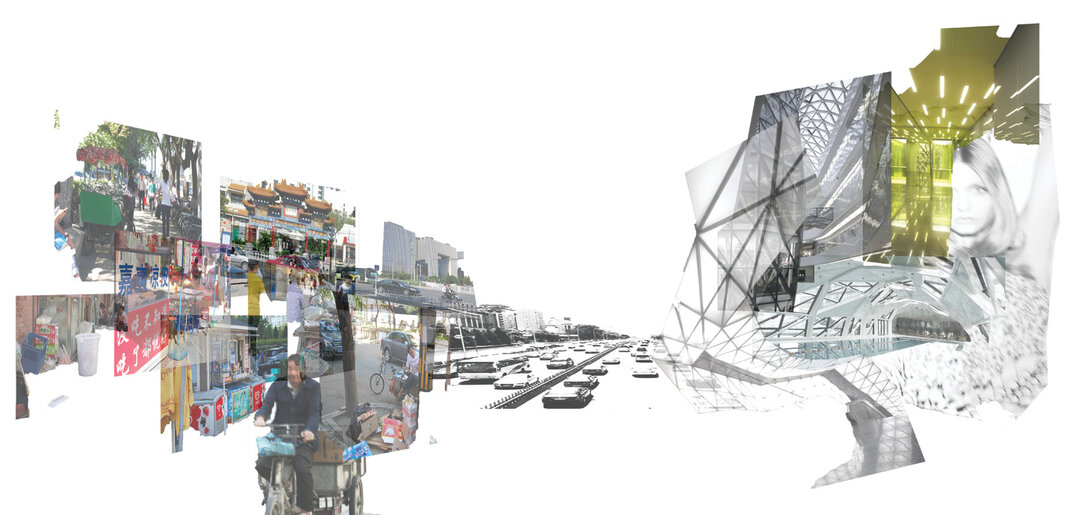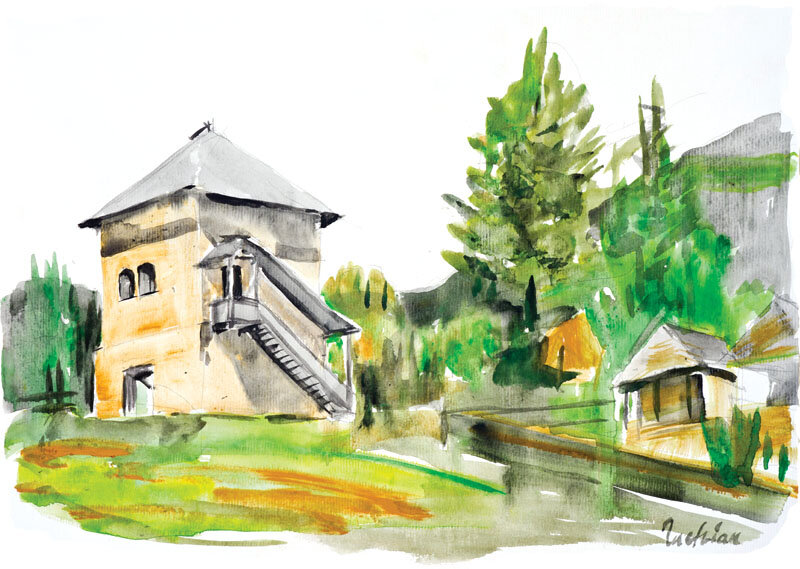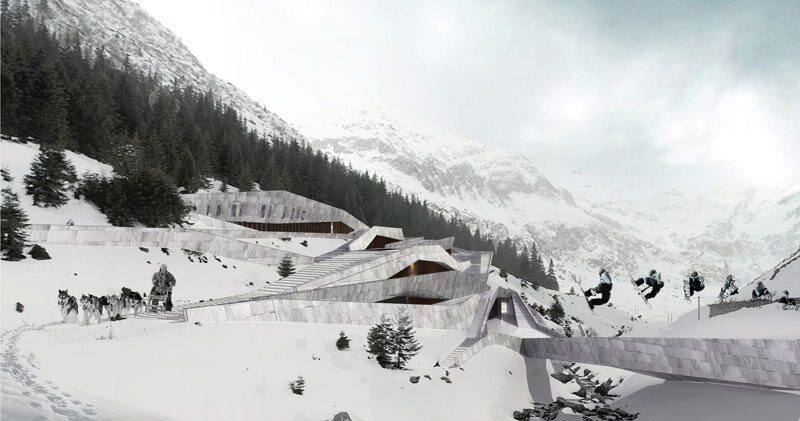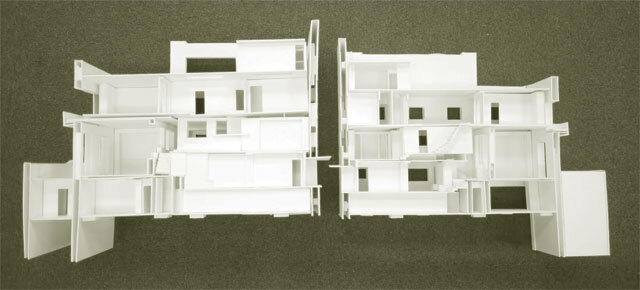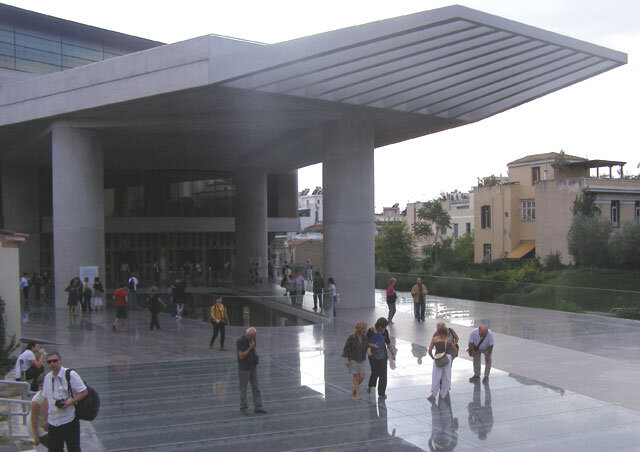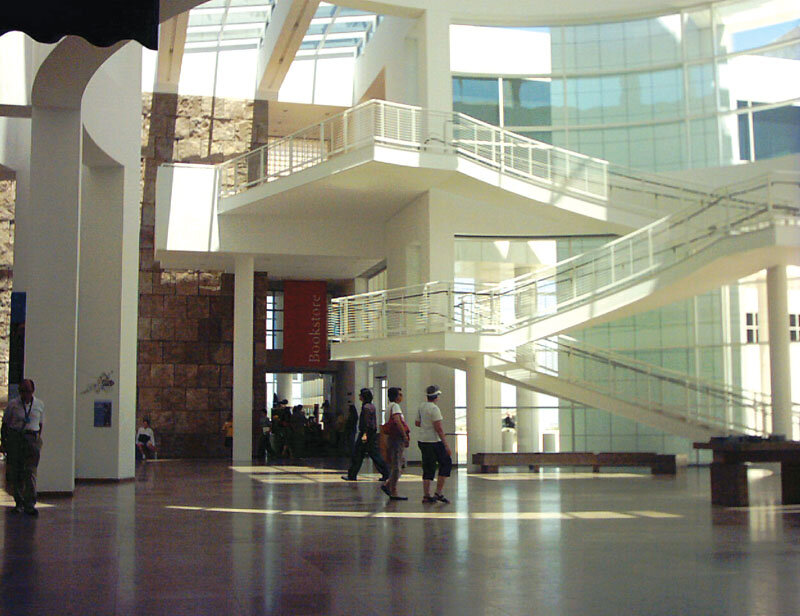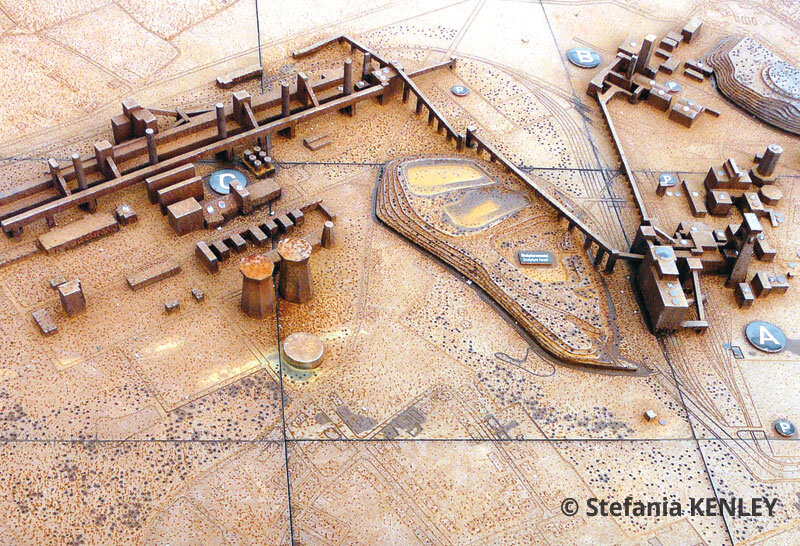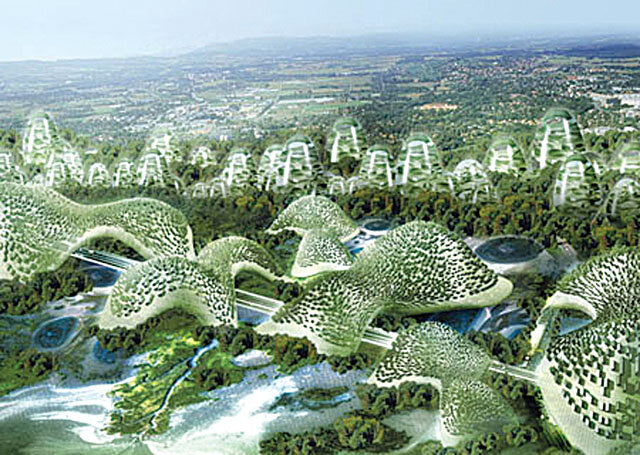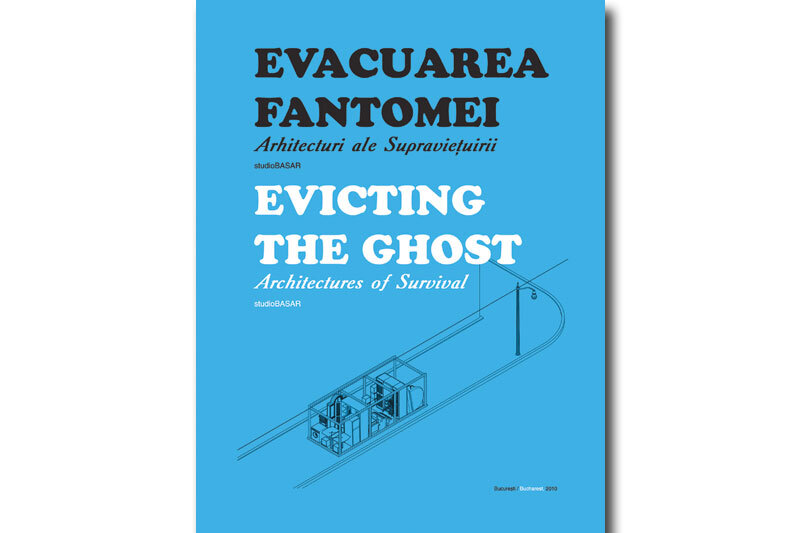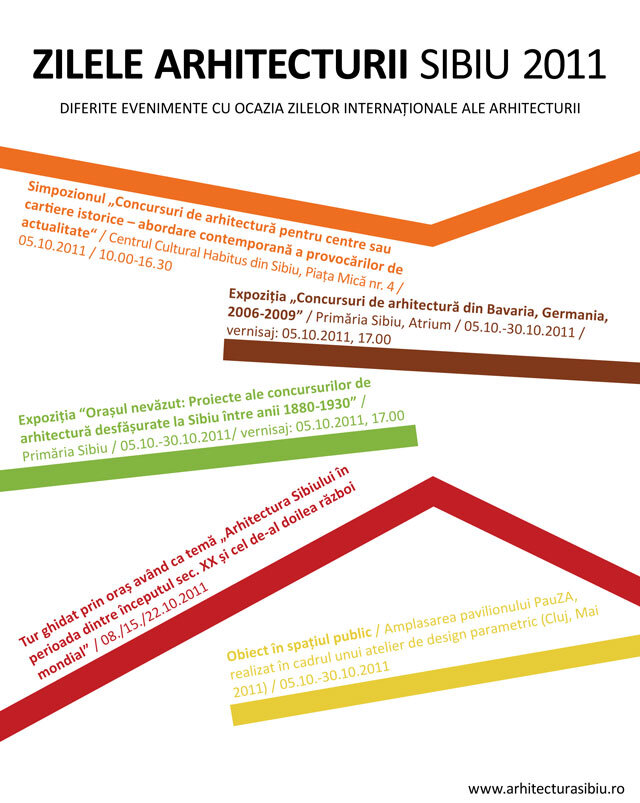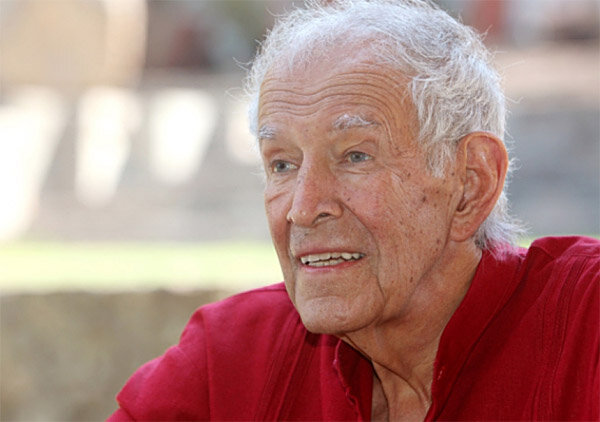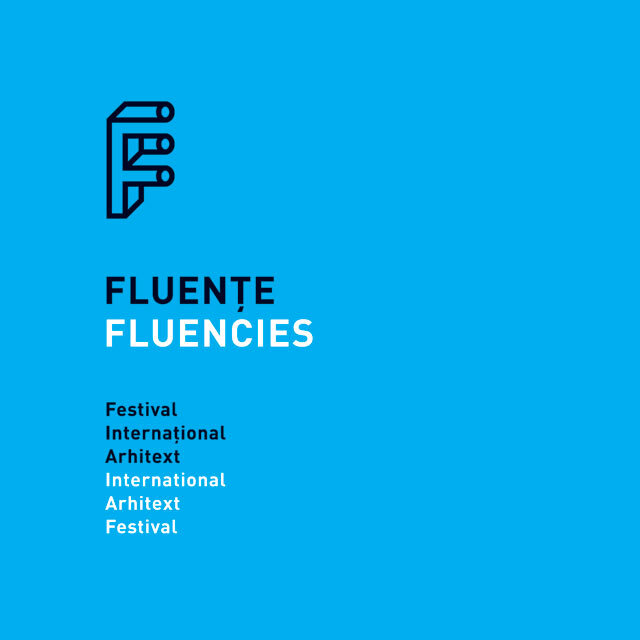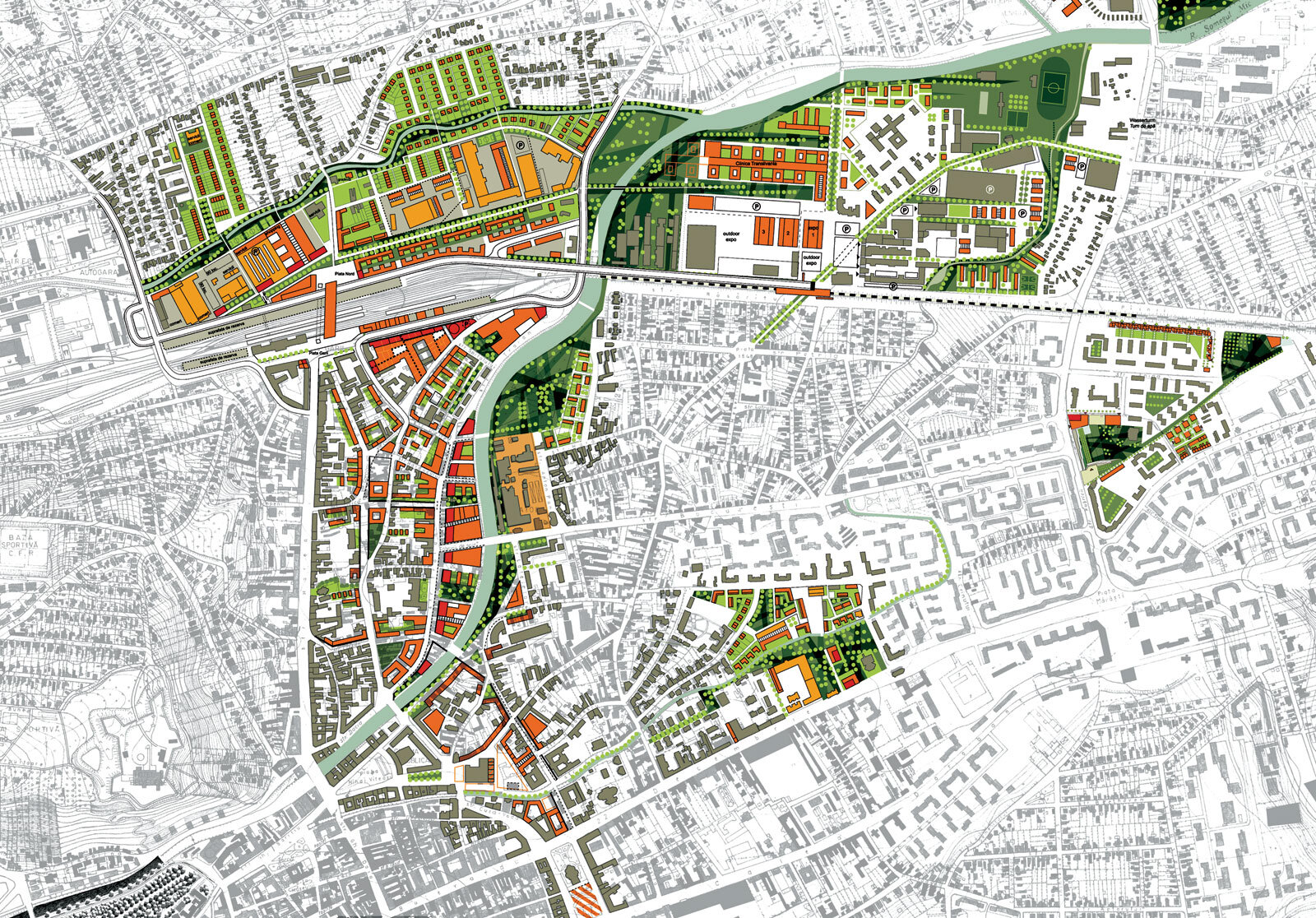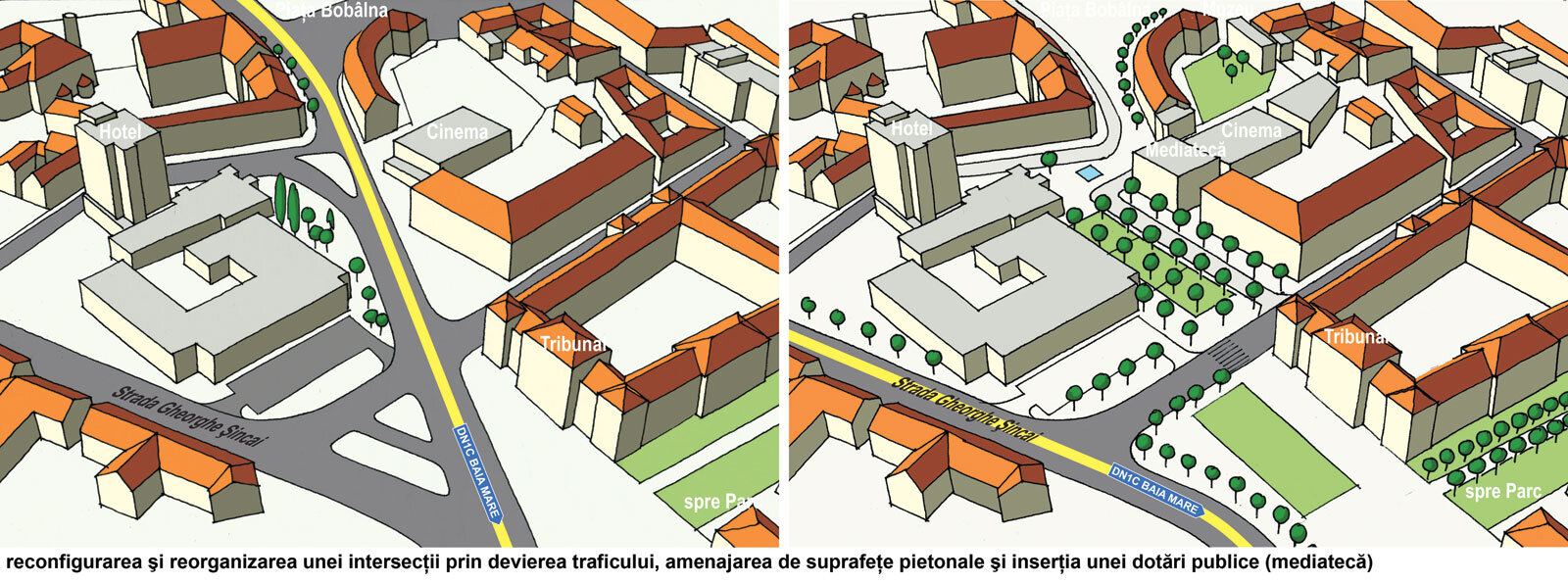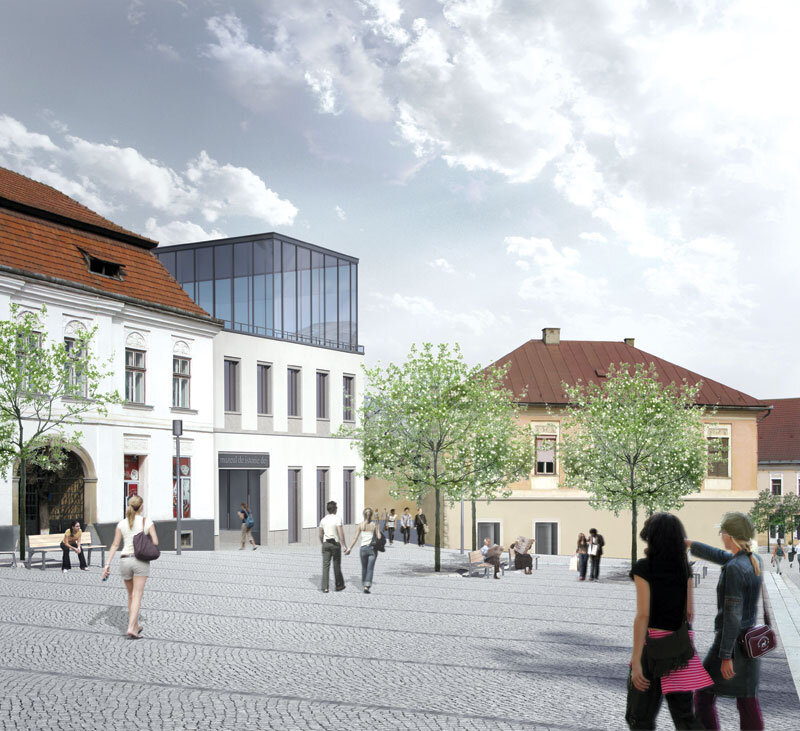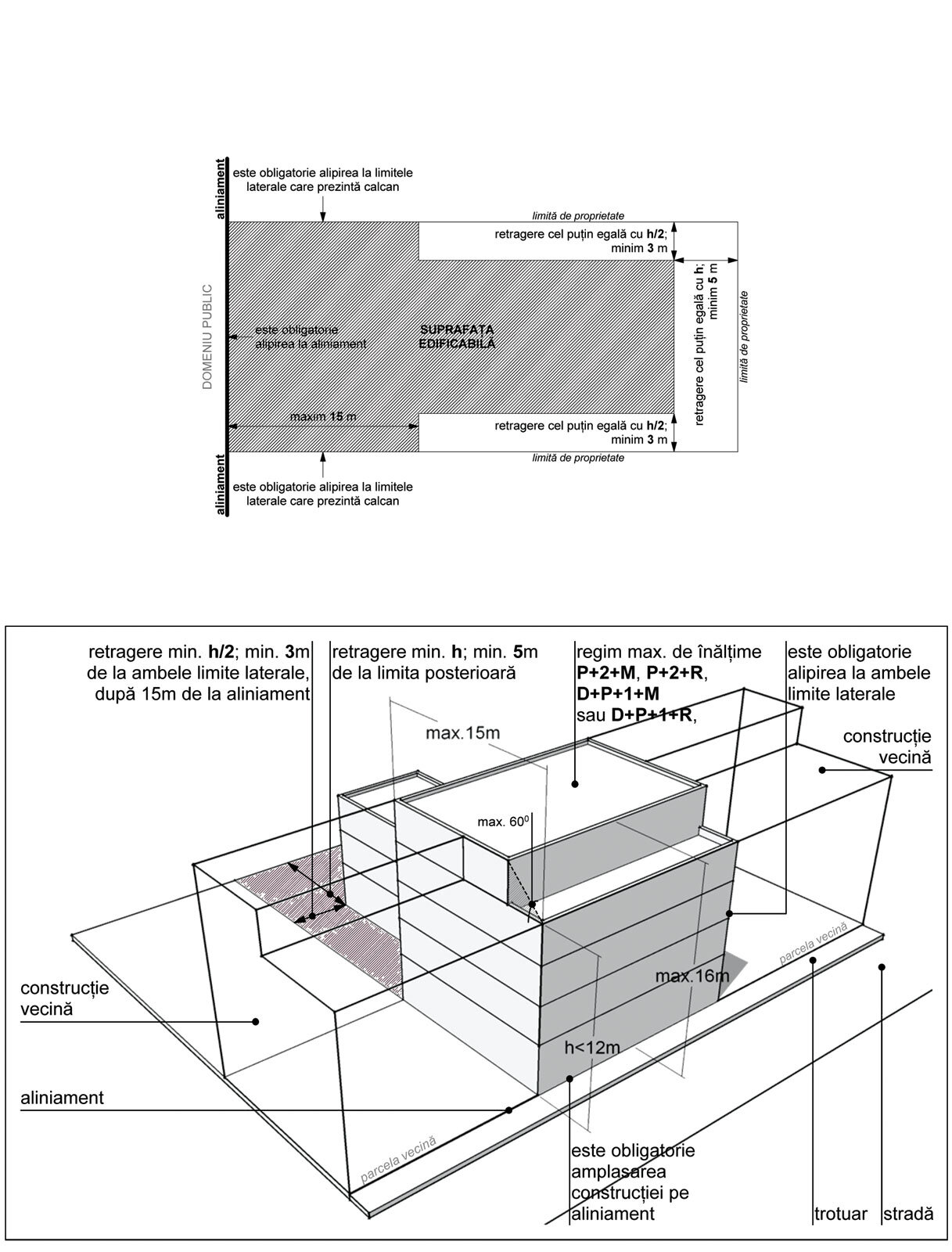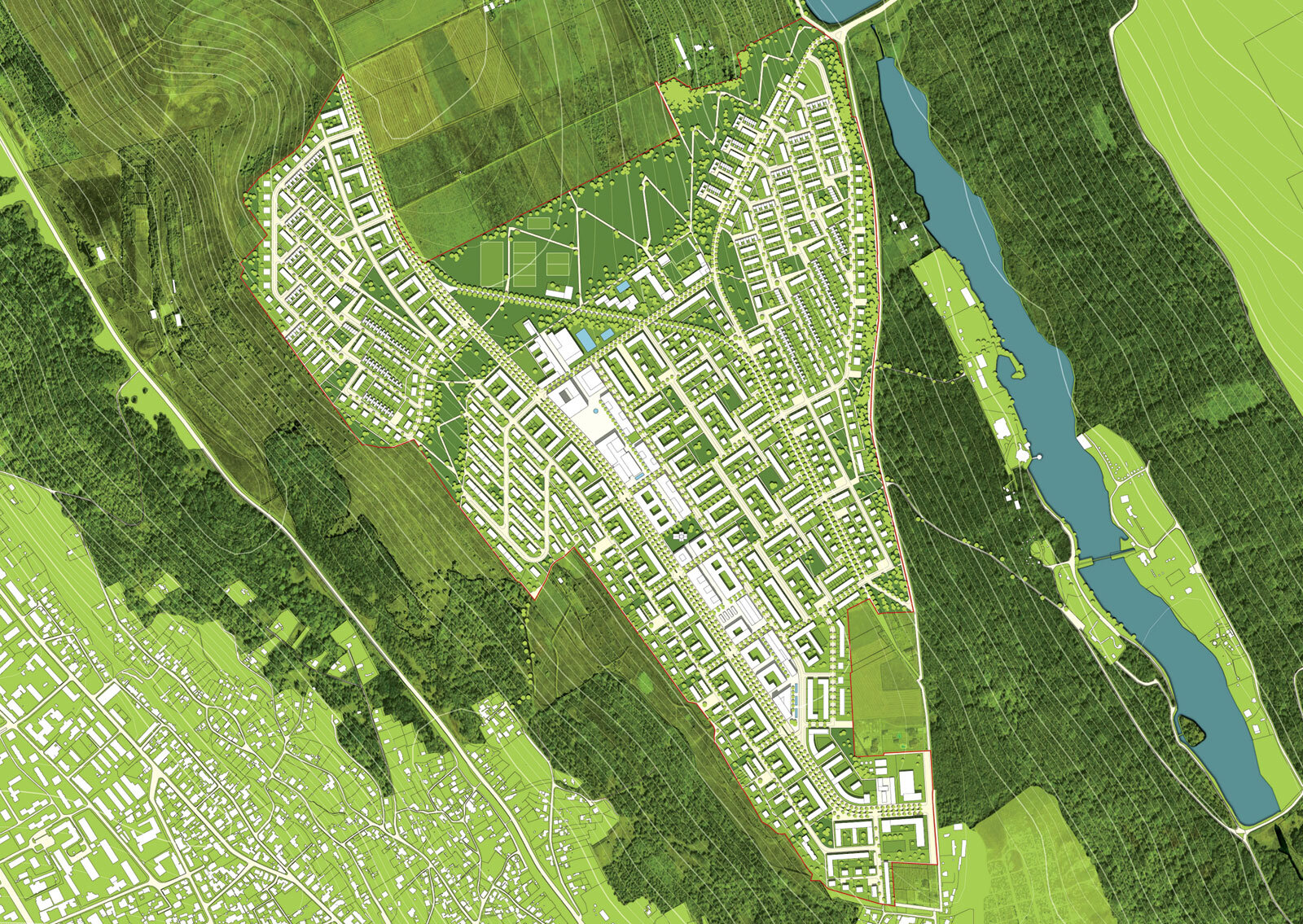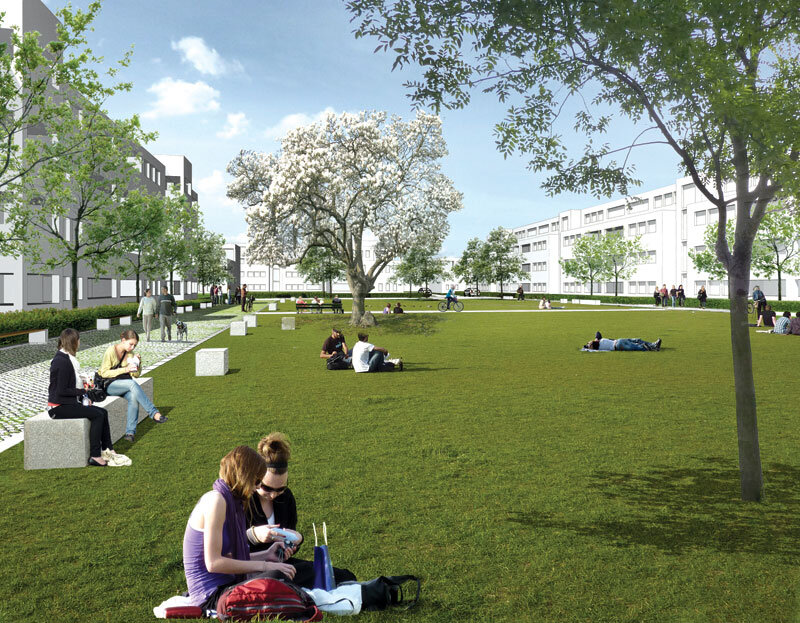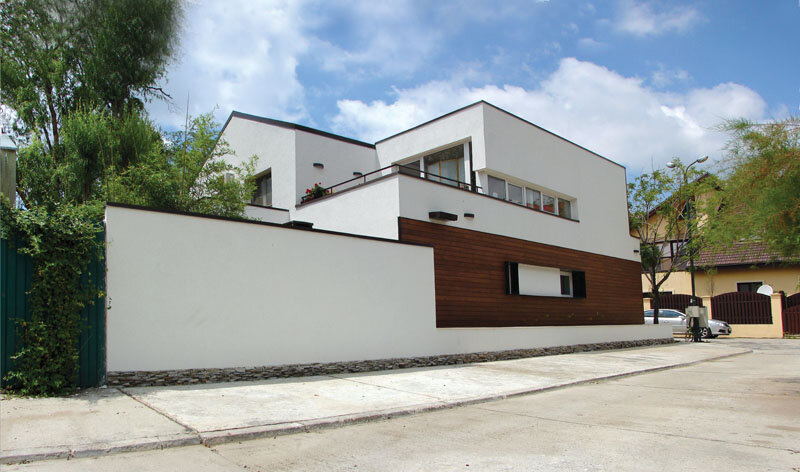
Planwerk

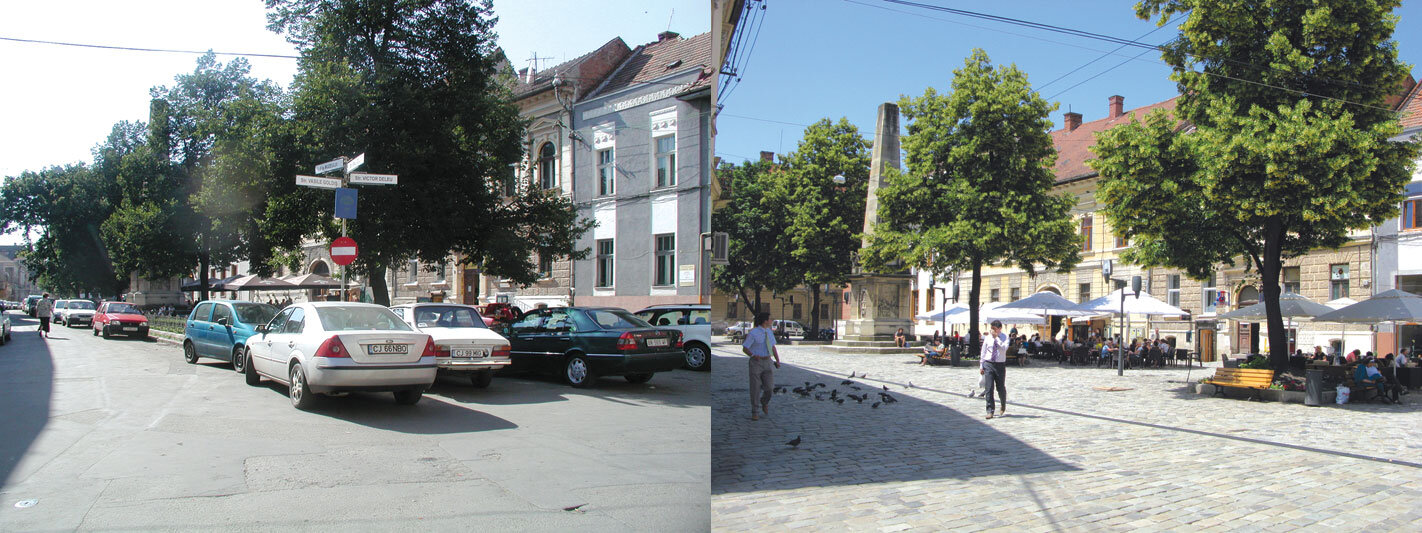
| The Cluj-based office brings together architects from Germany and Romania. The scale of Planwerk's work ranges from urban planning documents to detailed designs for public spaces and buildings. Whatever the size of the project, the criteria of approach always involve the object superordinated in scale (the configuration of a house starts from that of the urban space, the urban space from that of the area, the area from that of the city, etc.). Themes such as the quality of public space, its relationship with private space, sustainability and the rationality of any form of intervention are to be found in all the works and establish links of continuity between them. Beginnings In the summer of 1998, in Tăutelec, near Oradea, an annual series of summer schools began, attended by architects and students from Hamburg and Cluj. For the people from Cluj, the novelty was first and foremost the nature of the themes and approaches proposed by the German guests. The urban areas studied were unspectacular, but very important for the role they played in the city, in particular for the quality of housing. The proposals had a real substance - the result of careful research into needs and possibilities - underpinned by a formal simplicity unusual for the local architectural environment. Throughout the five editions of the workshop, these twofold exercises - both of intercultural exchange and of understanding Romanian cities - have strengthened the bonds within the group and "formalized" a way of working. At its core is the engagement of architecture as a tool to improve the quality of life in communities and only then as a means of expression. In 2001 the association Planwerk Cluj-Napoca was founded. The project is supported by the city of Cologne, together with a number of supporters from the private economic sector, and aims to formulate a set of ideas for the spatial development of Cluj. A large number of the initiators and members of the summer school are grouped around the project, adding their experience to the approaches practiced at Tăutelec of local specialists and the wishes of public administration. Although the Planwerk study covers the same territory and pursues the same aims as the town's General Urban Development Plan, it does not supplement or modify the regulations of the official documentation. By rigorously analyzing the state of affairs, it provides, as a first step, a current picture of the problems and an assessment of trends, both favorable and conflicting. On this basis, the study adds to the PUG (by definition a static document and therefore vulnerable to rapid and uncontrolled change in the city) a list of priority objectives, adapted to the actual situation and, more importantly, forward-looking. The study prepares benchmarks for the next UWMP and has, like this one, a strategic and a "tactical" component. The first maps out the major directions and spatial organization structures of the city in the long term. The second identifies hotspots and areas of particular importance for which it proposes objectives and measures. Development effects are sought which go beyond the actual timing and areas of intervention and encompass infrastructural, social, economic, environmental, architectural, social, economic and environmental aspects. The whole process is accompanied by presentations, round tables, exhibitions and media appearances which, for short periods of time, succeed in taking urban planning out of the offices of planners and town halls. For most people in Cluj - again a first, received with sympathy and interest. This is encouraging for Planwerk, whose public presence is still active today, not limited to specialized media and debates. The Cluj study was followed between 2004 and 2006 by similar ones in Sibiu, Satu-Mare and Miercurea Ciuc. As in the case of Cluj, the projects contain, in addition to spatial development strategies for cities in the territory, sets of specific measures targeting areas with a particular role in the city's development. The tool provided to address these areas, prior to the preparation of a new general urban development plan, is the zonal urban development plan (PUZ). In the preparation of the zonal plans, the study identifies and delimits the territories of the future regulations and outlines the main objectives for each of them, either in the form of master plans or directly as the basis for the PUZ design. For a number of these, local administrations have subsequently moved on from the Planwerk study to the preparation of PUZs. The quality of the public space is often at the heart of urban regeneration. The reasons are obvious: 1. the public space is the most vulnerable in the context of a very dynamic, sometimes aggressive, evolution of private developments and against the background of a permissive system of regulation and control; 2. the public space offers administrations the possibility of the quickest and most direct intervention; 3. interventions have effects that spill over into the surrounding private space and attract interest; 4. the importance of the public space in itself for the quality of life. |
| Read the full text in issue 4 / 2011 of Arhitectura. |
| The Cluj-based practice brings together architects from Germany and Romania. Planwerk's projects vary from urban planning documentation to detailed projects for public spaces and buildings. Irrespective of the project size, the approach criteria always take into consideration the larger scale of the object (the configuration of a house departs from that of the urban space, the configuration of the urban space from that of the area, the configuration of the area from that of the city etc.). Themes such as the quality of public space, of its relationship with the private one, of the sustainability and rationality of each form of intervention can be found in all of their works and ensure the continuity between them.The Beginnings In the summer of 1998, at Tăutelec, near Oradea, started off an annual series of summer courses attended by architects and students from Hamburg and Cluj. For the inhabitants of Cluj, the novelty consisted primarily in the nature of the themes and the approaches proposed by the German guests. The urban areas under survey were not spectacular, but played a very important role in the city, especially as far as the quality of living was concerned. The proposals had real substance to them, as they relied on the careful research of needs and possibilities and assumed a formal simplicity unusual for the local architectural environment. Throughout the five editions of the workshop, these double exercises in inter-cultural exchange and understanding of the Romanian cities strengthened the ties within the group and established an "official" working method. This method sees architecture primarily as an instrument for improving the quality of community life and only secondarily as a means of expression. In 2001 the Planwerk Cluj-Napoca association was set up. The project was supported by the city of Köln and several private businessmen and aimed to lay down a set of ideas for the spatial development of Cluj. The project brought together a large part of the initiators and members of the summer school, who combined their methods of approach learnt at Tăutelec with the experience of the local specialists and the goals of public administration authorities. Although it covers the same territory and pursues the same goals as the PUG (General Urban Plan), Planwerk's study does not supplement or modify the regulations laid down in the official documentation. First, a rigorous analysis of the situation offers an accurate picture of the existing issues and of the advantageous, as well as conflicting trends. Starting from here, the study attaches to the General Urban Plan (a document which is static by definition and for this reason vulnerable before a rapid and uncontrolled evolution of the city) a list of priority objectives, attached to the existing situation and, which is more important, future-oriented. The study prepares landmarks for the next PUG and has just like it a strategic and a "tactical" component. The former draws up the main directions and structures for the long-term spatial organization of the city. The latter identifies sensitive points and areas with a special role, for which it puts forward objectives and measures. The architects monitor those development effects whose scale transgresses the moment and the physical areas of the interventions, reuniting infrastructural, social, economic, ecological and architectural aspects. The entire effort is accompanied by lectures, round tables, exhibitions and media shows which manage, for short periods of time, to take urban planning outside the designers' practices and city hall's offices. For most of the inhabitants of Cluj, this is another premiere, received with sympathy and interest. It is an encouraging fact for Planwerk, whose public presence is just as active today, and which does not confine itself to specialized circles and debates. The Cluj study is followed, between 2004 and 2006, by other similar ones for Sibiu, Satu-Mare, and Miercurea Ciuc. As in the case of Cluj, in addition to strategies for the spatial development of cities, the projects contained sets of precise measures targeting urban areas with a special role in the evolution of the city. The instrument provided for approaching such areas, before the preparation of a new general general urban plan, was the zonal urban plan (PUZ). In preparing the zonal plans, the study identifies and establishes the scope of future regulations and lays down the main objectives for each of them, either in the form of master plans or directly in the form of the PUZ design theme. For part of them, the local administrations moved, subsequent to the Planwerk study, to the preparation of PUZs. At the center of the preoccupation with the renovation of urban areas is, most often, the quality of public space. The reasons are obvious: 1. public space is the most vulnerable in the context of an extremely dynamic, and occasionally aggressive, evolution of private developments and against the backdrop of a permissive regulatory and control system; 2. public space provides administrations with the possibility of the fastest and most direct intervention; 3. the interventions have effects which expand over the surrounding private space and attract interest; 4. the importance of the public space itself for the quality of life. |
| Read the full text in the print magazine. |





